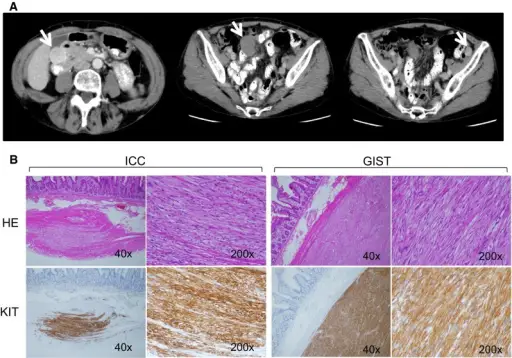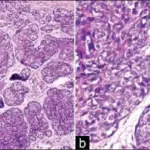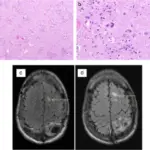Neurofibromatosis type 1 is a medical condition characterized by a change in skin pigmentation and the development of nerve tumors.
What is the Pathology of Neurofibromatosis Type 1?
The pathology of neurofibromatosis type 1 is the scientific study of the changes that cause the skin to cause changes in pigmentation.
-Etiology: The cause of neurofibromatosis is the mutation of the NF1 gene which regulates excessive cell growth.
-Genes involved: NF1 gene.
-Pathogenesis: The sequence of events that lead to neurofibromatosis type 1; results from the NF1 gene mutation/deletion. The gene artifact neurofibromin obliges as a tumor suppressor.
-Morphology: The morphology associated with neurofibromatosis type 1 shows large volumes of cortical and subcortical structures and can be cutaneous, subcutaneous, and also plexiform lesions.
-Histology: The histology associated with neurofibromatosis type 1 shows Schwann cells with wire-like collagen, are infiltrative with myxoid areas, and has Meissner corpuscles.
How does Neurofibromatosis Type 1 Present?
Patients with neurofibromatosis type 1 typically are of both gender and occur at the age of 20 years. The symptoms, features, and clinical findings associated with neurofibromatosis type 1 include macrocephaly, optical gliomas, scoliosis, early puberty, pseudoarthrosis, neurofibromas.
How is Neurofibromatosis Type 1 Diagnosed?
The neurofibromatosis type 1 is diagnosed history taking and physical examination, schwannomatosis, x-rays, CT scans and MRI.
How Is Neurofibromatosis Type 1 Treated?
The neurofibromatosis Type 1 is treated but close monitoring to check for any changes, surgical removal maybe involved and later radiotherapy and chemotherapy can be considered and the use of Selumetinib medication.
What is the Prognosis of Neurofibromatosis Type 1?
The prognosis of neurofibromatosis type 1 is good if there are no complications.



